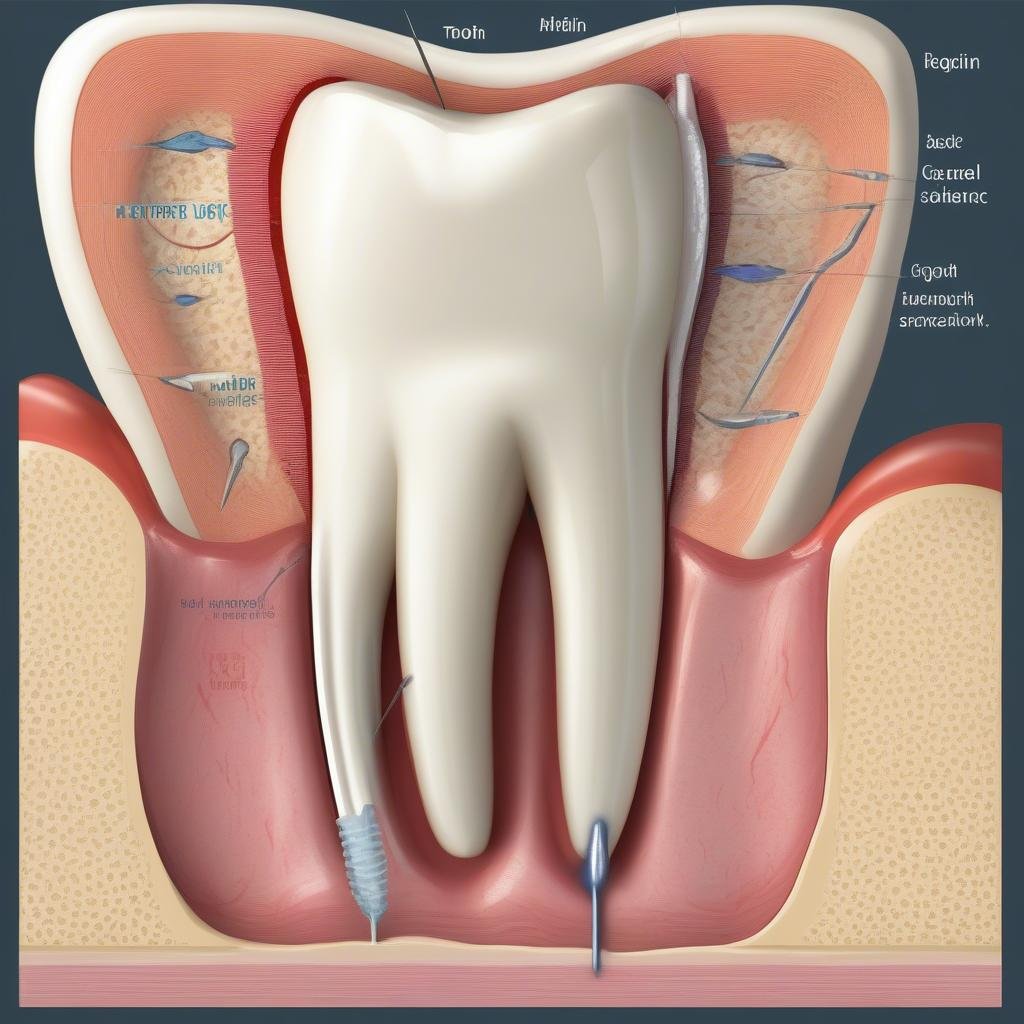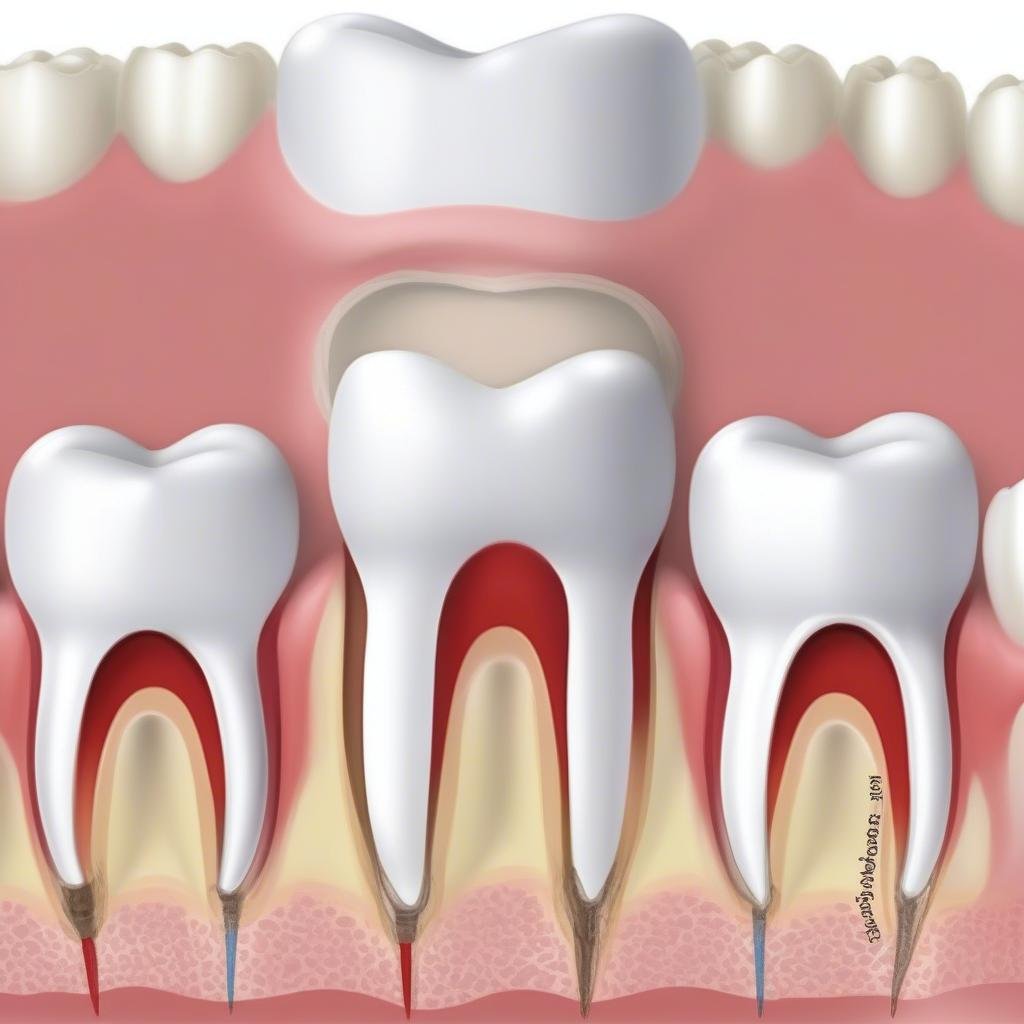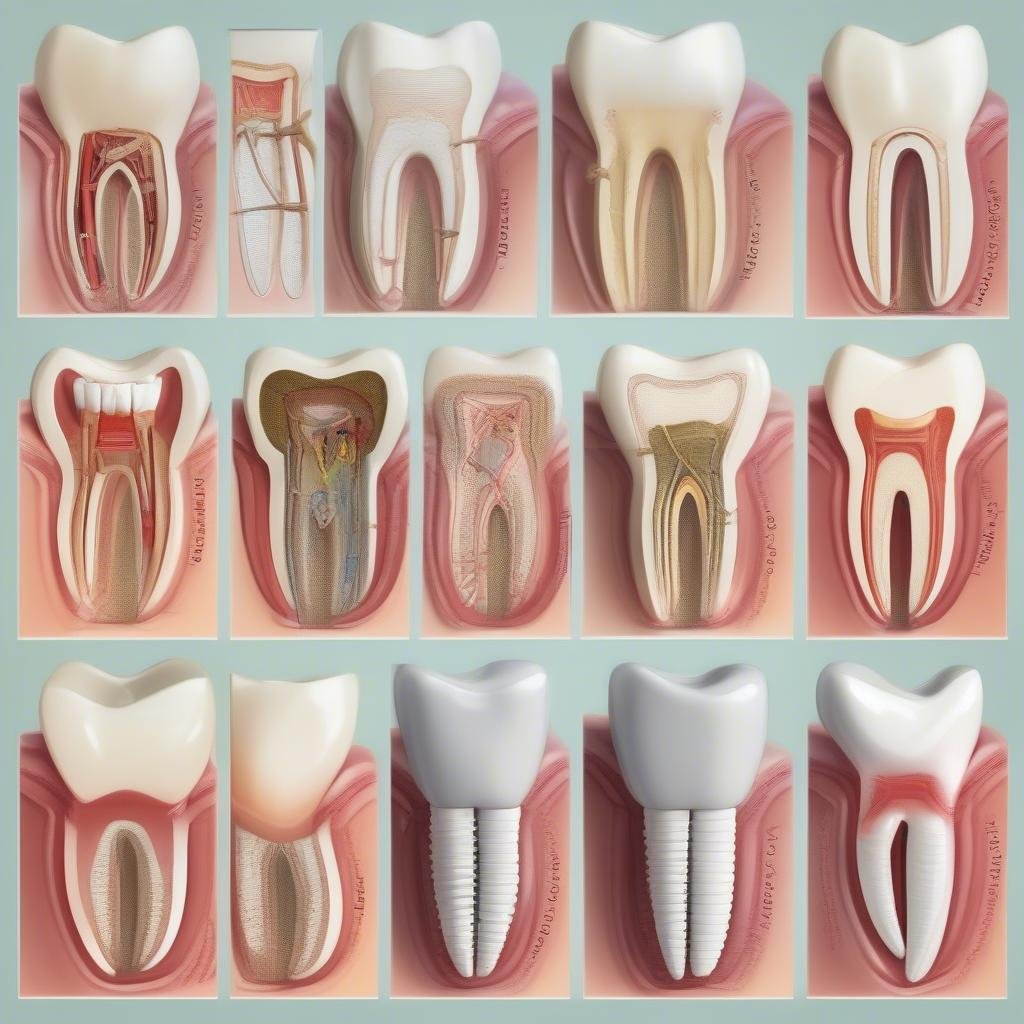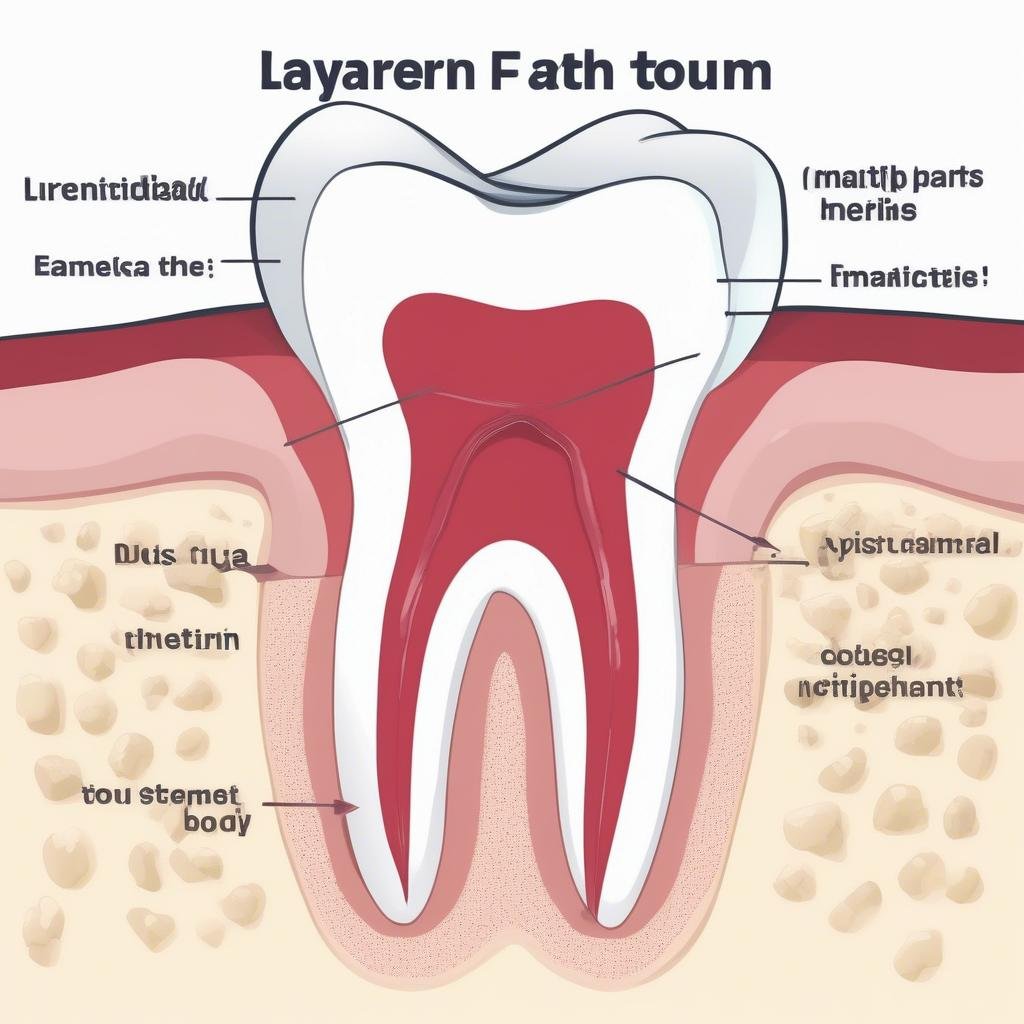Teeth are super important for eating, talking, and having a great smile. Did you know that our mouths are home to different types of teeth, each with its own special job? Let’s dive into the world of teeth and learn all about their roles, shapes, and why they’re so important!
What Is Dental Anatomy?
Dental anatomy is all about the structure of our teeth. We have different teeth that help us bite, chew, and speak. Each tooth is unique in its shape and function. This guide will take you through the amazing world inside your mouth, explaining each type of tooth in a way that’s easy to understand, even for kids.
The Basics of Teeth
Before we jump into the types, let’s understand the basic parts of a tooth. Every tooth is made up of several layers. These layers help protect the tooth and keep it strong. Here are the main parts of a tooth:
- Enamel: The hard, white outer layer that protects your teeth. It’s the strongest substance in your body!
- Dentin: Just under the enamel, dentin is a softer layer that protects the innermost part of the tooth.
- Pulp: The center of the tooth, where nerves and blood vessels live. This part keeps your tooth alive and healthy.
Types of Teeth in Your Mouth

Our teeth come in different shapes and sizes, each designed for specific jobs. Let’s explore the types of teeth and what they do!
1. Incisors: The Cutting Crew (H2)
Incisors are the sharp, flat teeth at the front of your mouth. There are eight of them—four on the top and four on the bottom. They’re perfect for cutting food into small pieces. When you bite into an apple, your incisors are doing the hard work!
Key Features of Incisors
| Feature | Description |
|---|---|
| Number of Teeth | 8 (4 upper, 4 lower) |
| Shape | Flat and sharp |
| Function | Cutting and biting food |
| Position | Front of the mouth |
| Special Role | Helps with pronunciation |
2. Canines: The Pointy Helpers (H2)
Canines are the pointy teeth next to your incisors. You have four of these—two on the top and two on the bottom. Canines are great for tearing food, especially when you’re eating meat. They also help guide your other teeth into place when you chew.
Key Features of Canines

| Feature | Description |
|---|---|
| Number of Teeth | 4 (2 upper, 2 lower) |
| Shape | Pointed and sharp |
| Function | Tearing and ripping food |
| Position | Next to incisors |
| Special Role | Guides teeth during chewing |
3. Premolars: The Mix Masters (H2)
Premolars, also known as bicuspids, are located next to your canines. These teeth are unique because they have a flat surface with ridges, making them perfect for crushing and grinding food. You have eight premolars in total.
Key Features of Premolars
| Feature | Description |
|---|---|
| Number of Teeth | 8 (4 upper, 4 lower) |
| Shape | Flat with ridges |
| Function | Crushing and grinding food |
| Position | Between canines and molars |
| Special Role | Helps in food breakdown |
4. Molars: The Big Grinders (H2)
Molars are the largest teeth at the back of your mouth. There are twelve molars, including your wisdom teeth. They have large, flat surfaces that make them perfect for grinding food into tiny bits, so it’s easy to swallow.
Key Features of Molars
| Feature | Description |
|---|---|
| Number of Teeth | 12 (including wisdom teeth) |
| Shape | Large and flat |
| Function | Grinding and chewing food |
| Position | Back of the mouth |
| Special Role | Main grinders during eating |
The Special Case of Wisdom Teeth (H3)
Wisdom teeth are the last set of molars that usually come in during your late teens or early twenties. Not everyone gets them, and sometimes they need to be removed because they can cause crowding.
Key Features of Wisdom Teeth

| Feature | Description |
|---|---|
| Number of Teeth | 4 (if present) |
| Shape | Similar to molars |
| Function | Sometimes none, often removed |
| Position | Back corners of the mouth |
| Special Role | Known as the “third molars” |
Keeping Your Teeth Healthy (H3)
Taking care of your teeth is super important. Brushing, flossing, and regular visits to the dentist help keep your teeth strong and healthy. Remember, every tooth has a job, and keeping them clean helps them do their best work!
FAQs About Dental Anatomy
Q1: Why do we have different types of teeth?
A: We have different types of teeth because each type helps us eat and speak properly. Incisors cut, canines tear, premolars crush, and molars grind food.
Q2: What happens if I lose a tooth?
A: Losing a tooth can make eating and speaking harder. It’s important to see a dentist to keep your mouth healthy and consider options like braces or replacements.
Q3: Do baby teeth have the same types as adult teeth?
A: Yes, baby teeth also have incisors, canines, and molars, but they don’t have premolars. Adult teeth replace baby teeth as you grow up.
Q4: Why are wisdom teeth often removed?
A: Wisdom teeth can cause problems like crowding or pain. Dentists sometimes remove them to prevent these issues and keep the rest of your teeth aligned.
Q5: How can I keep my teeth strong?
A: Brush your teeth twice a day, floss daily, and eat healthy foods like fruits and veggies. Avoid sugary snacks and drinks, and visit your dentist regularly.
Conclusion: Smile with Confidence! (H2)
Dental anatomy might seem complex, but it’s actually pretty cool when you break it down! Every tooth has a purpose, and taking care of your teeth helps you smile with confidence. From cutting and tearing to crushing and grinding, your teeth work together like a team. So remember to brush, floss, and keep your smile bright! With this guide, you’ve learned all about the amazing world inside your mouth—now go out there and show off those pearly whites!

